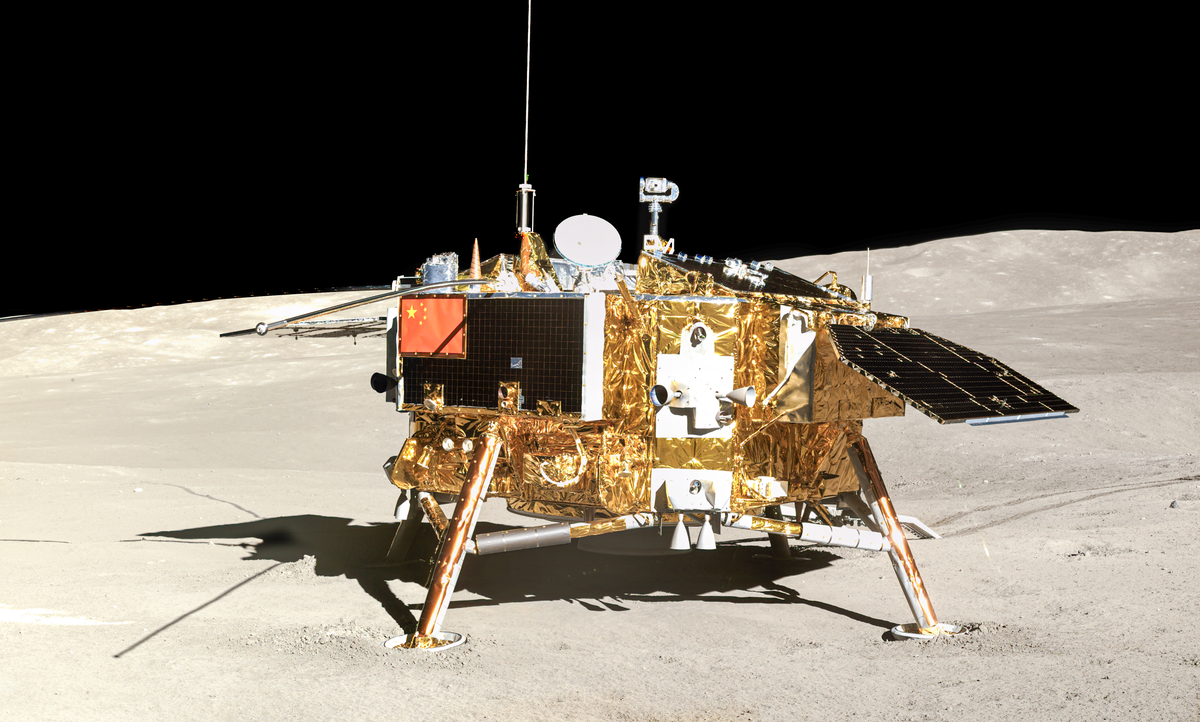The Chinese rover Yutu-2, which is part of the Chang’e-4 mission, continues to explore the far side of the Moon. Recently, scientists have published a map of structures located at a depth of up to 300 m. They indicate that the magmatic activity on our moon is gradually fading away.

Chinese map of the lunar depths
Chinese scientists who work with the data of the Chang’e-4 mission have recently published new data on the geology of the far side of the Moon. They managed to look deeper under the surface of our moon than ever before.
The Chang’e-4 station in 2018 became the first object that people were able to land on the invisible side of the Moon from Earth. The main payload that it delivered to the moon of our planet was the Yutu-2 rover, which has since been exploring the crater-covered surface with the help of numerous instruments.
One of them is the LPR radar. It sends radio signals directly through the thickness of the rocks that are under the Yutu-2. By the way they are reflected from various objects hidden in the depths, we can conclude what kind of structures are there.
In 2020, scientists have already published a map of the underground structures that Yutu-2 discovered. Despite the fact that at that time LPR was able to look only 40 m below the surface, scientists were able to find the remains of an ancient crater filled with rocks and debris that was thrown out of it as a result of the impact. This time they could look even deeper.
What did Yutu-2 find
The new data has made it possible to properly study the structures that are located at a depth of up to 300 m. Scientists have found that they resemble layers in a pie. They were formed by lava that seeped to the surface and solidified. This news did not come as a surprise to scientists.
Another reason is that it lasted for hundreds of millions of years, and gradually the layers became thinner and thinner. This indicates that the lava was seeping more and more slowly until it stopped coming to the surface at all.
But as to when exactly this happened, scientists have no idea. The moon was formed 4.51 billion years ago. After that, large asteroids continued to collide with it for another 200 million years. And only then the magma on its surface and in the depths began to gradually solidify.
It is believed that this process ended about a billion years ago. Since then, our moon has been geologically dead, no processes are taking place on it. However, there is evidence that lava eruptions on it were still 100 million years old. Perhaps the following studies of Yutu-2 will be able to clarify this issue.
According to www.space.com
Follow us on Twitter to get the most interesting space news in time
https://twitter.com/ust_magazine
